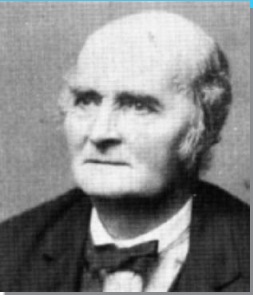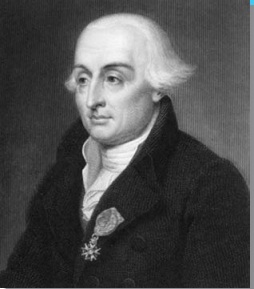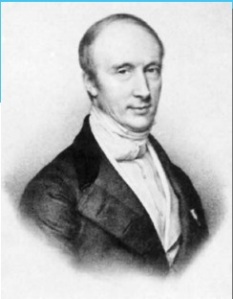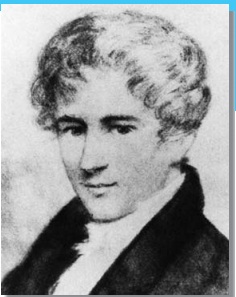LEONARD ADLEMAN grew up in San Francisco. He did not have any great ambitions for himself and, in fact, never even thought about becoming a mathematician. He enrolled at the University of California at Berkeley intending to be a chemist, then changed his mind and said he would be a doctor. Finally, he settled on a mathematics major. “I had gone through a zillion things and finally the only thing that was left where I could get out in a reasonable time was mathematics,” he said.
Category Great Mathematicians and Scientists
Arthur Cayley
ARTHUR CAYLEY was born on August 16, 1821, in England. His genius showed itself at an early age. He published his first research paper while an undergraduate of 20, and in the next year he published eight papers. While still in his early twenties, he originated the concept of n-dimensional geometry.
Camille Jordan
CAMILLE JORDAN was born into a well-to-do family on January 5, 1838, in Lyons, France. Like his father, he graduated from the Ecole Polytechnique and became an engineer. Nearly all of his 120 research papers in mathematics were written before his retirement from engineering in 1885. From 1873 until 1912, Jordan taught simultaneously at the the Ecole Polytechnique and at the College of France.
Joseph Lagrange
JOSEPH LOUIS LAGRANGE was born in Italy of French ancestry on January 25, 1736. He became captived by mathematics at an early age when he read an essay by Halley on Newton’s calculus. At the age of 19, he became a professor of mathematics at the Royal Artillery School in Turin. Lagrange made significant contributions to many branches of mathematics and physics, among them the theory of numbers, the theory of equations, ordinary and partial ifferential equations, the calculus of variations, analytic geometry, fluid dynamics, and celestial mechanics. His methods for solving third- and forth-degree polynomial equations by radicals laid the groundwork for the group-theoretic approach to solving polynomials taken by Galois. Lagrange was a very careful writer with a clear and elegant style.
AUGUSTIN CAUCHY
AUGUSTIN LOUIS CAUCHY was born on August 21, 1789, in Paris, the eldest of six children. By the time he was 11, both Laplace and Lagrange han recognized Cauchy’s extraordinary talent for mathematics. In school he won prizes for Greek, Latin, and the humanities. At the age of 21, he was given a commission in Napoleon’s army as a civil engineer. For the next few years, Cauchy attended to his engineering duties while carrying out brilliant mathematical research on the side.
NIELS ABEL
NIELS HENRIK ABEL, one of the foremost mathematicians of the 19th century, was born in Norway on August 5, 1802. At the age of 16, he began reading the classic mathematical works of Newton, Euler, Lagrange, and Gauss.
When Abel was 18 years old, his father died and the burden of supporting the family fell upon him. He took in private pupils and did odd jobs, while continuing to do mathematical research. At the age of 19, Abel solved a problem that had vexed leading mathematicians for hundreds of years. He proved that, unlike the situation for equations of degree 4 or less, there is no finite (closed) formula for the solution of the general fifth-degree equation.





